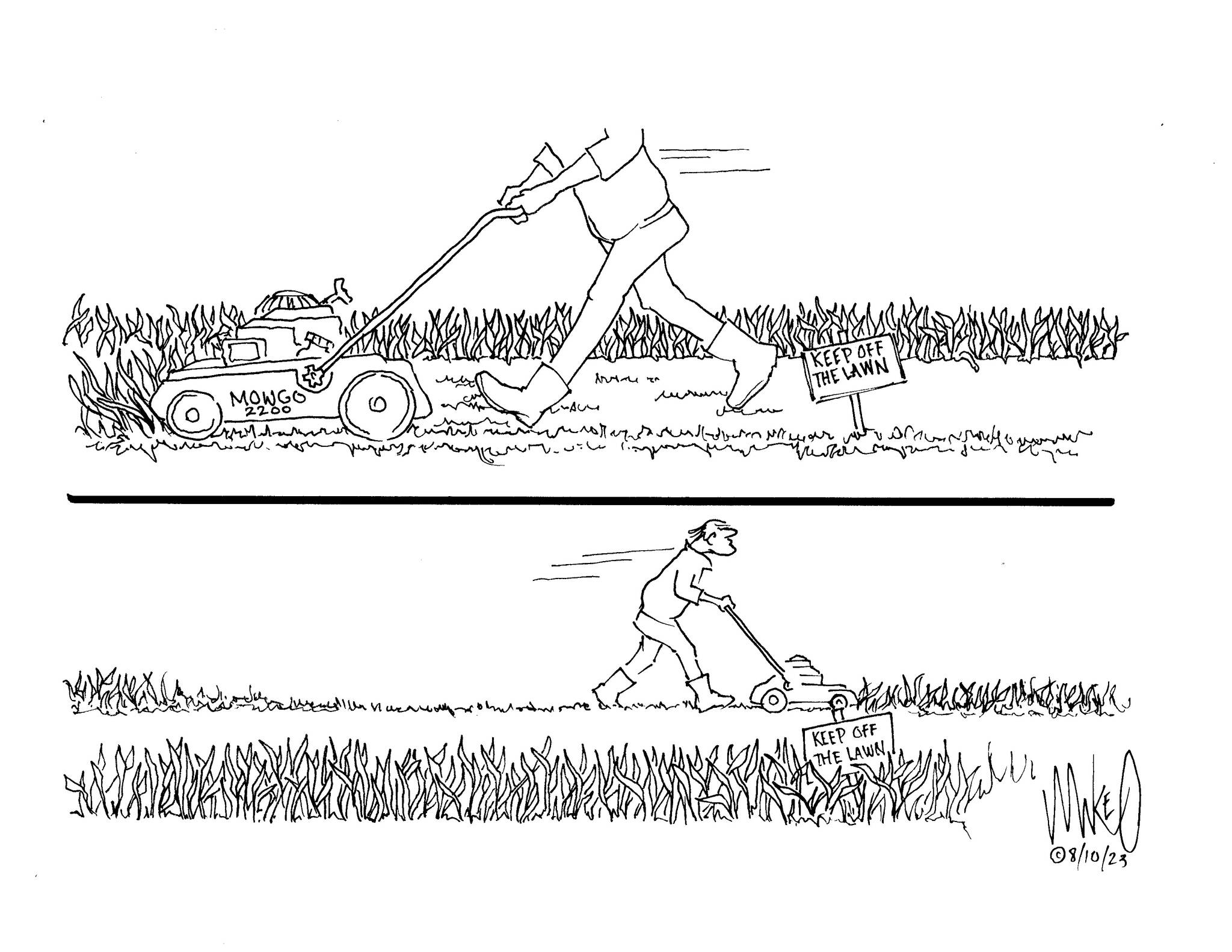Pratt thanks the Homer Foundation
The board and staff at the Pratt Museum are grateful and excited to accept a grant of $5,000 from the Homer Foundation in support of the museum’s summer programs and workshops. The Homer Society of Natural History applied for the grant during the 2023 contribution season.
The Homer Foundation has been a long time supporter of the Pratt Museum and their recent contribution contributed to the following workshops and programs: Nature Journaling for Kids with Kim McNett, Nature Journaling for Everyone with Kim McNett, Basket Weaving with Plant Materials with Mavis Muller, Cultivating Wild Plants in Your Garden with Shawn Jackinsky, Family Fun Day at the museum and the community room exhibition featuring 50 years of the local Pier One Theatre Company. These programs were sucessful for engaging the community in education and hands-on fun during the summer holidays.
At the Pratt Museum, our vision is that all stories are acknowledged as relevant to an interdependent community of people and place. Every story, especially when revealed through the dynamic processes of exploration and dialogue is important. Through activities like these, the unique relationship between the people and places of Kachemak Bay will be sustained far into the future.
A big thank you to the Homer Foundation for their hardword in distributing awards and supporting community connections.
The Pratt Museum board and staff
‘Is Homer bike friendly?’
That is a question that many people ask Google about cities when looking to vacation or retire. The answer tells a lot about the culture of the place.
I have always liked to consider Homer as reasonably bike friendly, but I have personally been witness to an indisputable change for the worst.
In less than a period of a week my biking partner and I were victims of four ugly events.
During one single trajectory across Kachemak Drive my companion, well ahead of me, was the target of a large truck that rolled coal over her as it passed by.
Less than five minutes later another vehicle brushed by me at high speed despite that the oncoming lane was free of traffic.
A day or two later we were riding on Skyline Drive when a high-speed vehicle careened close by us blowing its horn loudly for a sustained period.
Shortly later, undeterred, I was again on Kachemak Drive ascending the steep hill toward the airport when about halfway up a black Dodge Ram blew two heavy loads of coal on me.
Is Homer bike friendly? Effectively No!
What would make Homer more bike friendly?
My suggestions would be to establish a bike trail on Kachemak Drive and establish some sort of community outreach with educational programs in the schools that address respecting pedestrians and cyclists.
Another recommendation is to calm traffic by lowering the speed limit on Kachemak Drive. Currently, a large number of vehicles are exceeding the posted speed limit with impunity. At a minimum I would like to see better enforcement of existing limits.
Having spoken out about the bad side of Homer I do assert that 95 percent of local drivers are extremely courteous and go out of their way to pass cyclists leaving them a wide berth. The 5 percent that lack culture and education cast an out-of-proportion negative shadow over all of us.
Let’s prioritize making the community safer by establishing the long desired recreational trail on Kachemak Drive a reality now.
There should not be a penny spent on a harbor expansion without establishing a safe trail as an important part of infrastructure. Those that would like to make this a political issue should accept that the entire political spectrum has individuals that are pedestrians and bike riders.
A safe Kachemak Drive would nicely link up the existing town trails and lanes with the Homer Spit trail, arguably the most beautiful trail in the world making Homer a bike-friendly community.
Scott Burbank
Homer
Early KDLL pioneers made the station go
Your coverage of the beginnings of KBBI are useful. Harking back to a time when, if somebody wanted something, she built it. Whether it was a bridge, a dock or an institution. From the example set by the fishermen who built the first dock with their own sweat and dollars, to the library and museum committees to the first local hospital, the standard approach was to do your own work. If there was an increment of cash from the government or private donors the typical attitude was: ‘If the gravy comes along, put it on the potatoes!”
So it was with local radio but there were some troubles early on. The first two managers did not last because there was some confusion with the Board. From the hands-on volunteers that put the physical plant together there were three who made prudent choices: Rita Turner, volunteer coordinator, Kathy Steberl, programming, and Eileen Hughes, news. These women were the volunteers who became minimum wage employees at the studio by self-selection.
As one early volunteer, I saw these three broads, oops, I mean ‘broadcasters,’ make the station go. The broads showed the board (of directors) the way to get the station on the air. Between them they designed the first studio building on the FAA ground off Main Street.
Larry Smith



